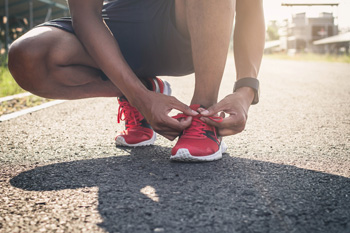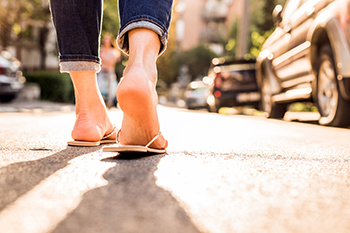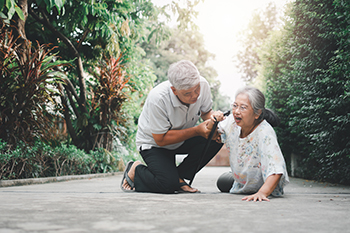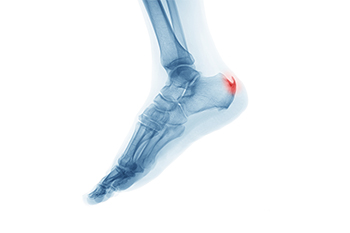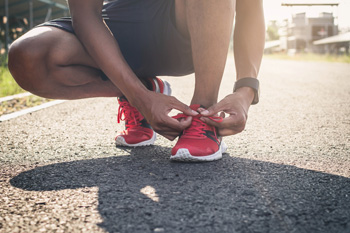
You may have pain in the ankle joint, where the shinbone or tibia rests on the top foot bone or talus. If you have arthritis in this joint, you will often experience pain, swelling, stiffness, and difficulty walking or moving your ankle freely. This type of arthritis may develop from an old injury, like a previous fracture, or rheumatoid arthritis (RA). If you have arthritis in your ankle, you might benefit from resting your ankle, or exercising in ways that put less stress on the ankle, like swimming or cycling. Because there are many possible reasons for ankle pain, visiting a podiatrist for an evaluation is suggested. A podiatrist will examine your feet and legs, observe your walking, check the pattern of wear on your shoes, and/or perform imaging tests.
Ankle pain can be caused by a number of problems and may be potentially serious. If you have ankle pain, consult with one of our podiatrists from InStride Family Foot Care. Our doctors will assess your condition and provide you with quality foot and ankle treatment.
Ankle pain is any condition that causes pain in the ankle. Due to the fact that the ankle consists of tendons, muscles, bones, and ligaments, ankle pain can come from a number of different conditions.
Causes
The most common causes of ankle pain include:
- Types of arthritis (rheumatoid, osteoarthritis, and gout)
- Ankle sprains
- Broken ankles
- Achilles tendinitis
- Achilles tendon rupture
- Stress fractures
- Bursitis
- Tarsal tunnel syndrome
- Plantar fasciitis
Symptoms
Symptoms of ankle injury vary based upon the condition. Pain may include general pain and discomfort, swelling, aching, redness, bruising, burning or stabbing sensations, and/or loss of sensation.
Diagnosis
Due to the wide variety of potential causes of ankle pain, podiatrists will utilize a number of different methods to properly diagnose ankle pain. This can include asking for personal and family medical histories and of any recent injuries. Further diagnosis may include sensation tests, a physical examination, and potentially x-rays or other imaging tests.
Treatment
Just as the range of causes varies widely, so do treatments. Some more common treatments are rest, ice packs, keeping pressure off the foot, orthotics and braces, medication for inflammation and pain, and surgery.
If you have any questions, please feel free to contact our offices located in Concord, Charlotte, and Salisbury, NC . We offer the newest diagnostic and treatment technologies for all your foot care needs.

